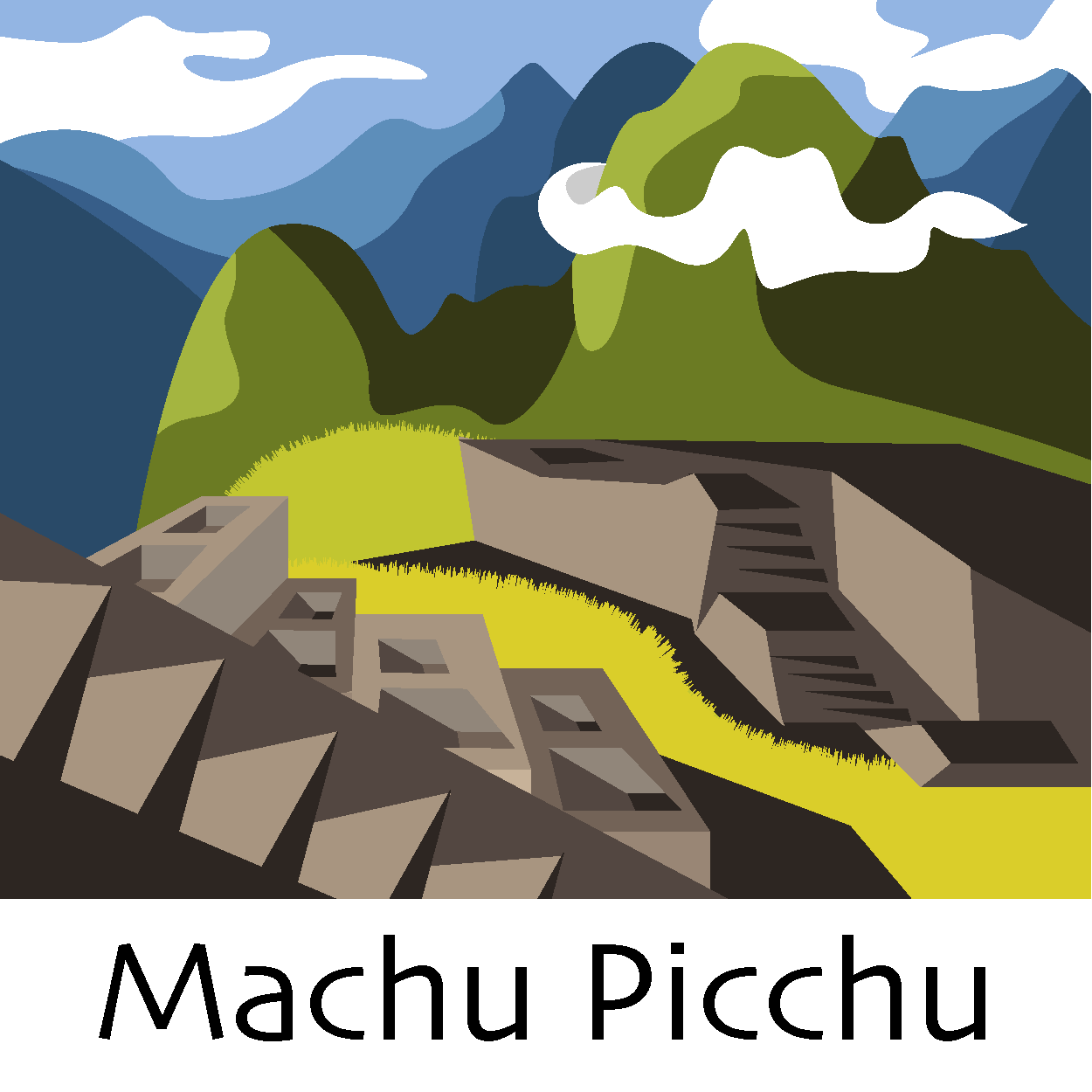MACHU PICCHU
Seen through the eyes of Fernando Astete
Photo – José Bastante
MACHU PICCHU
Machupicchu is considered one of the most amazing creations of the Inca empire. This sanctuary is a natural protected area by the state due to the importance of protecting all its flora, fauna and ecosystems, which are unique but representative of the country. Machupicchu is also part of a network of archaeological sites and Inca roads, where the Andean meets the Amazonian and natural and cultural conservation go hand in hand. It is one of the most important archaeological sites in South America, one of the most visited tourist attractions in Latin America and the most visited in Peru.
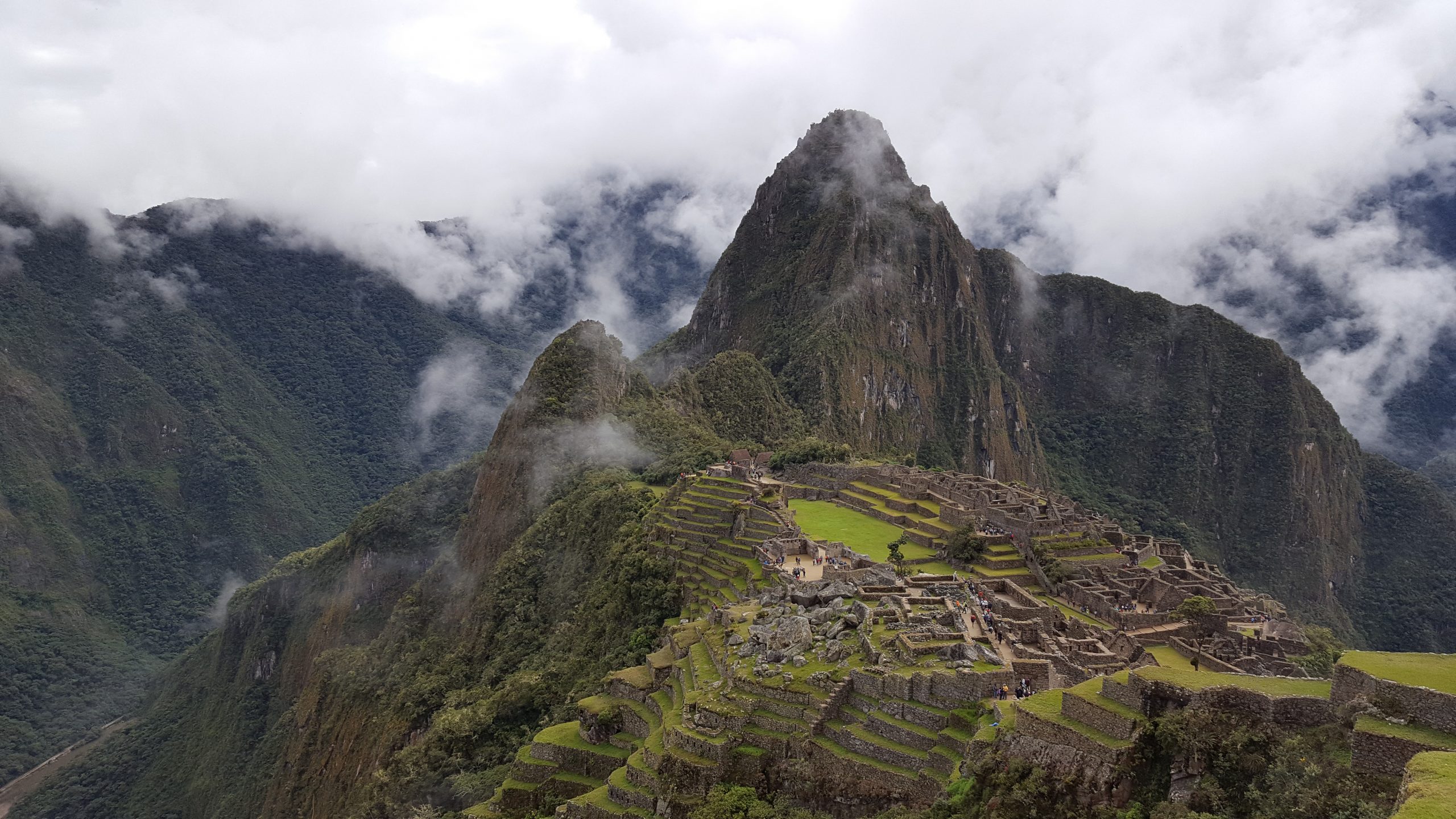
WHERE IS IT LOCATED?
Machu Picchu lies in the southern semisphere 13.164 degrees south of the equator. It is 80 kilometres (50 miles) northwest of Cusco, on the crest of the mountain Machu Picchu, located about 2,430 metres above the sea level, over 1,000 metres lower than Cusco, which has an elevation of 3,400 metres. As such, it had a milder climate than the Inca capital. The only way to get to Machu Picchu is either by train or by foot.
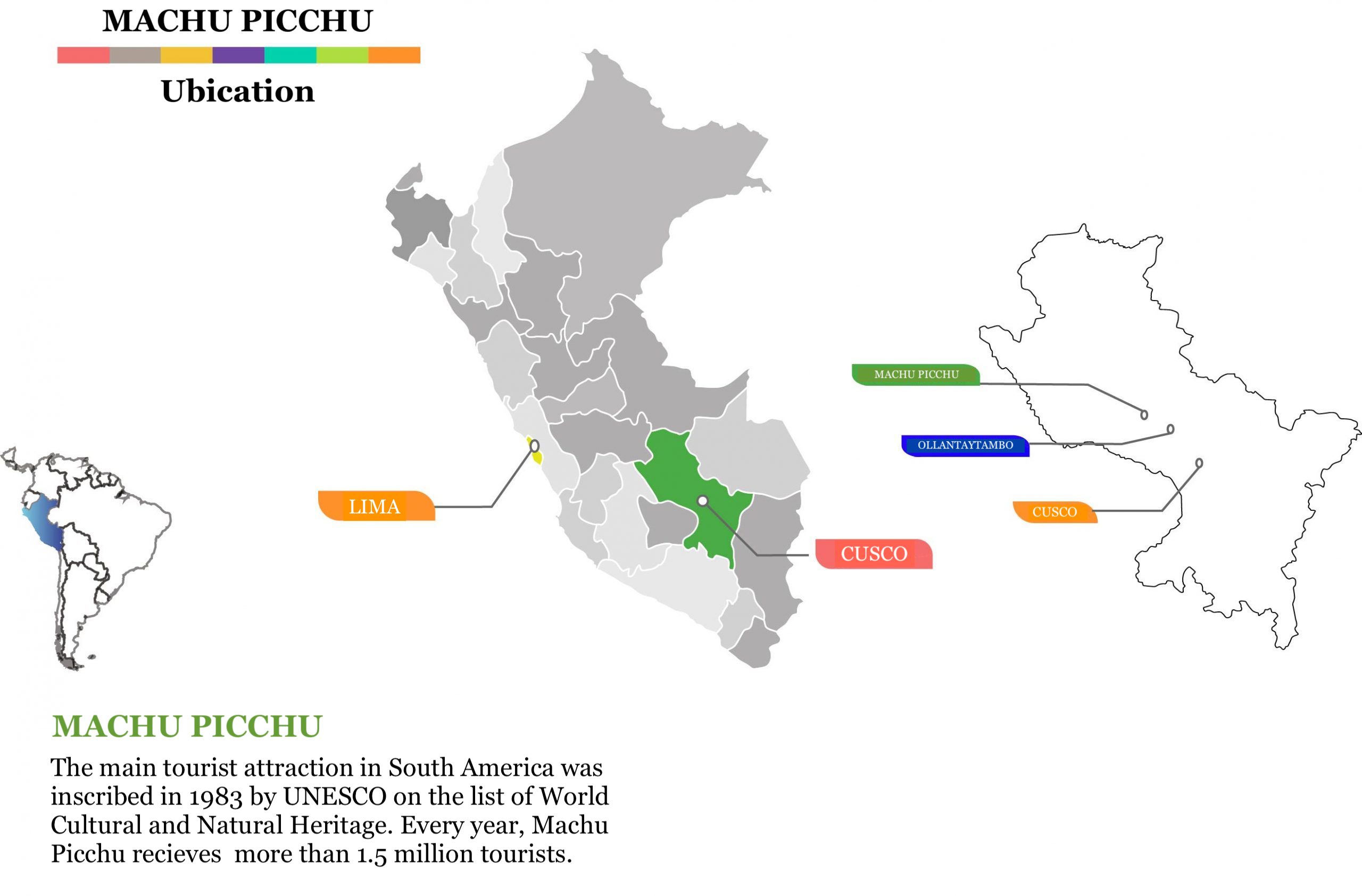
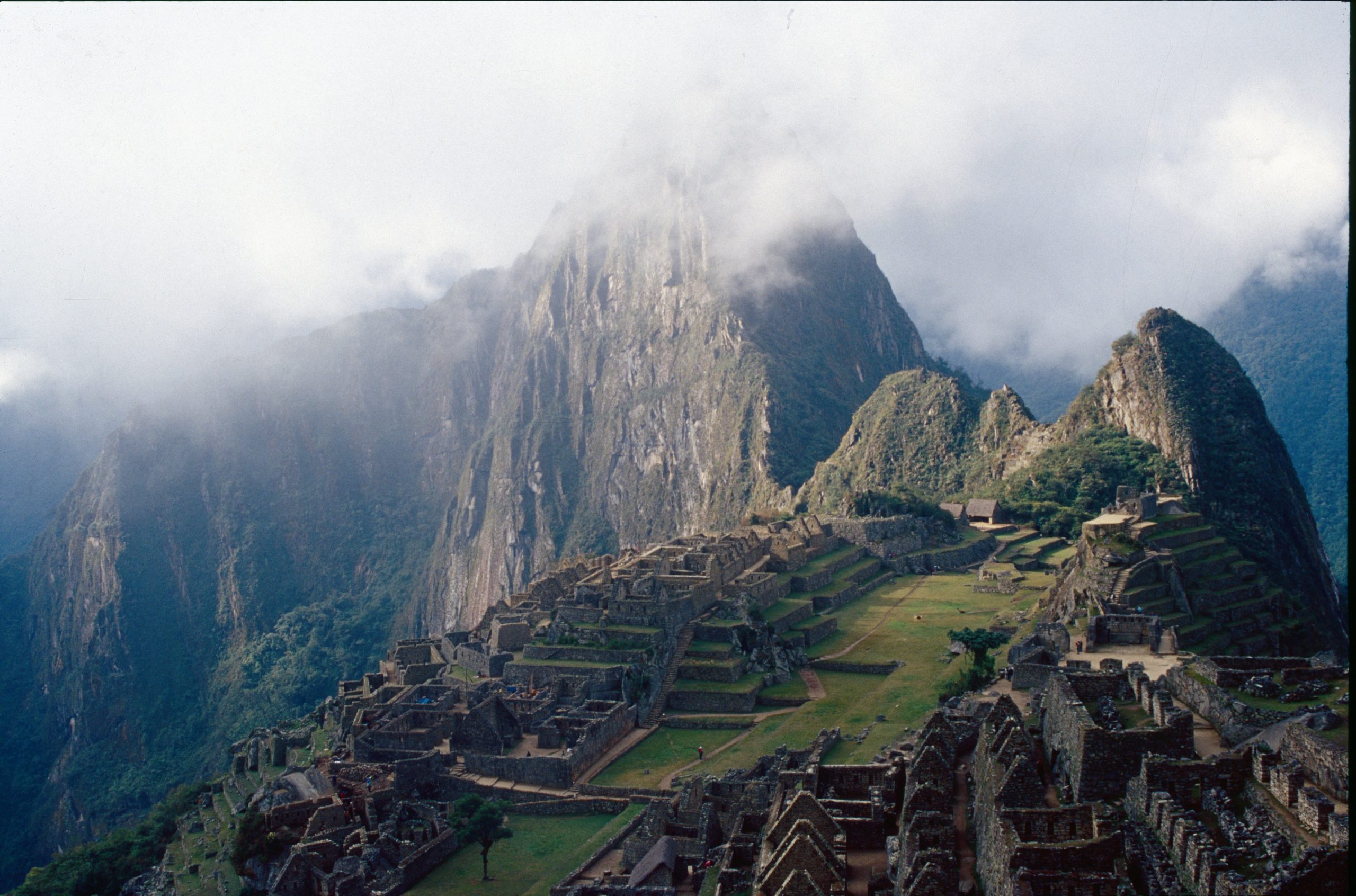
By Fernando Astete
PRESERVATION OF MACHU PICCHU
Fernando Astete’s presentation at USI
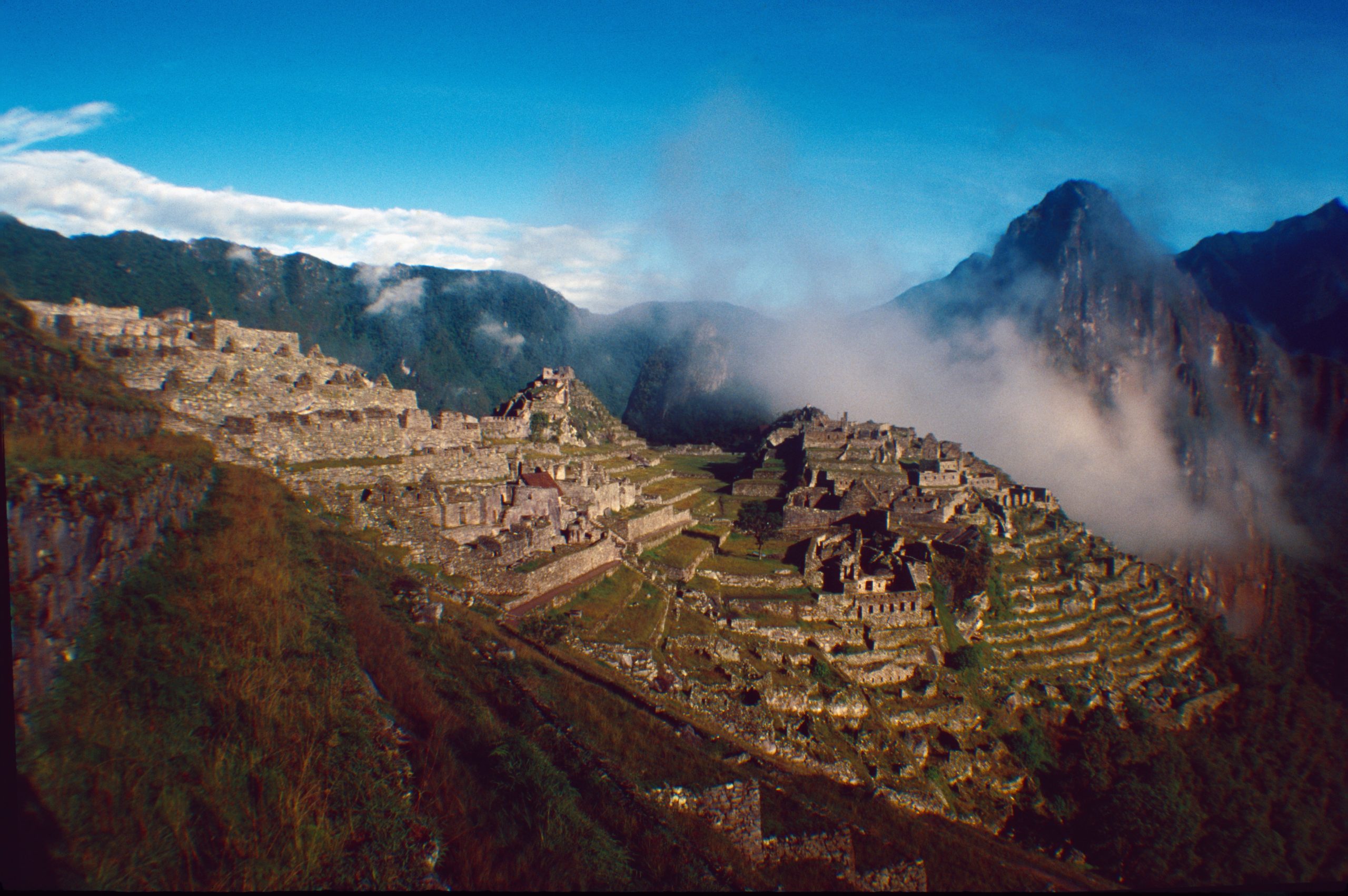
Interview with the Project Founders and Managers
Learn more from the ideators of the project themselves! Lorenzo Cantoni, Adine Gavazzi and Anna Picco-Schwendener sit down and have an open talk about the very beginning, development and launching of this initiative, while touching on the topics of sustainable tourism and World Heritage
